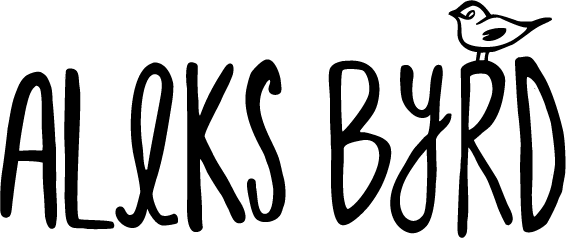Cultural Geography and the "local" in cartography
I'm enjoying creating visual maps of motifs like the eight point star; charting it's journey. It's own methodology of translating cultural research information recorded by written articles, chart designs and physical textiles and knitwear into a visual geographical schematic or graphic.
“Place history is most often recorded in maps. People from oral traditions carry detailed maps in their heads over years; the rest of us depend on outside sources” (Lippard p76)
This quote from Lucy R. Lippard's book "The Lure of the Local" contextualizes what making these maps for my research is doing for me- to bring together all types of information tacit , inherited (passing down of techniques and skills generation to generation to preserve tradition and culture/ cultural identity), as a previous stated physical items and academic findings.
But what to call this type of map and this methodology?
Reading Lippard's book introduced similar constructions and considerations of maps in the context and view lens of the "local" and local cultural landscape. These types of maps can be called "map biographies" - a term that came up in describing the work of 1970's anthropologist Hugh Brody who asked British Columbian Native Peoples for these types of maps to overlay the cultural maps of the native people with the maps of a threatening pipeline in a cross-cultural collaboration (Lippard p 76). The concept of "map biographies" suits the type of maps I have been creating. They are in essence a visual biography of the eight point star in all its various iterations overlaid on a map for the context of space and geography or more specifically the connection to a specific land.
This type of cultural map and inclusion of "cultural landscape" is explored further.
“Maps are ‘embedded in a history they help construct,’ according to designer Denis Wood. Where some aboriginal maps depend on inherited knowledge and mean nothing to the uninitiated, our own modern maps work in the opposite way- they make public that which we cannot see, and we are supposed to trust their accuracy and authority….’ It is not that the map is right or wrong… but that it takes a stand while pretending to be neutral on an issue over which people are divided.’”(pp.77)
The maps that I am creating are making "public" the inherited knowledge of patterns/motifs within each culture to be unique and connected to local cultural landscape. The "stand" or position that I am taking reflects the concept that these motifs with in each individual "local cultural landscape" have a pattern of similarity that correlates to how these cultures interacted with each other- often in an unrelated textile manner, namely trade of goods or the folk story from Shetland of a wife of a sailor receiving a gift of knitwear from the Baltics.
The term "cultural geography" I think is a fitting term for a methodology as it take the concept of mapping (geography) and pairing as well as layering it with the cultural aspects (the motifs).
Reference:
Lippard, L.R., (1997). The lure of the local : senses of place in a multicentered society. New York : New Press, c1997.
